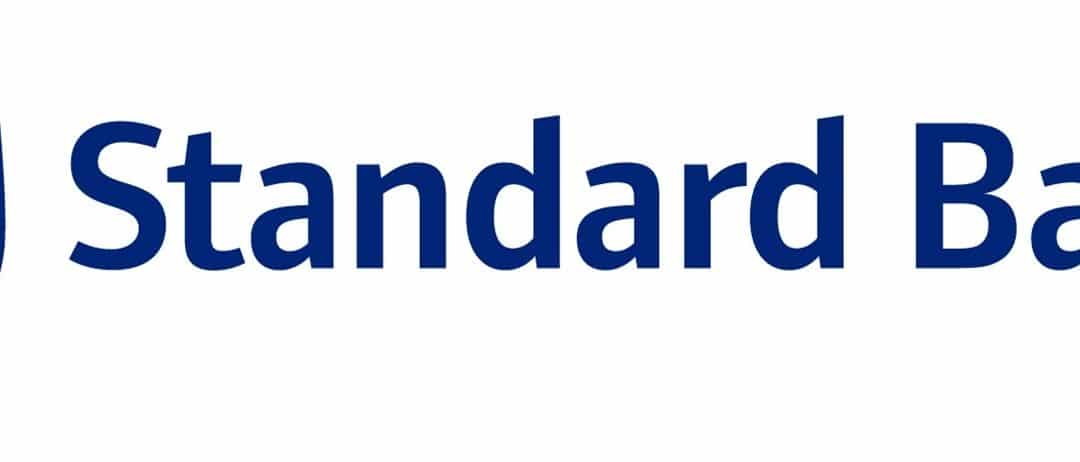Following a deep dive into how South African schools, TVET-colleges and universities generate income and allocate their resources, Standard Bank has refined a model leveraging cash flow, not cash reserves, to fund sorely needed educational infrastructure.
This new view of funding education has revealed an astounding array of infrastructural assets that even a decade ago would not have been considered within the ambit, or reach, of educational institutions. Making commercial capital available to South African educational institutions at scale is a game-changer for the development of the country’s learning infrastructure.
Beyond classrooms or lecture theatres, new technology and sports facilities, helping institutions leverage their cash flows to build infrastructure, throws both an energy and alternate income lifeline to institutions, “now able to fund the installation of sustainable power generation systems or build portfolios of student accommodation,” says Ben Pretorius, Head of Education, Standard Bank South Africa.
South Africa’s educational institutions, from the smallest rural school to established tertiary facilities, are under incredible financial and infrastructural pressure. In an economy where, for most schools, for example, collecting existing fees is already a challenge, “the prospects of increasing income by charging more are slim,” says Pretorius.
Despite these challenges, assisting learning institutions build a bankable budgeting capability creates “predictable cash flow structures capable of incurring capital costs on which we can then customise funding solutions,” explains Pretorius.
Historically, the hurdle to lending to public schools, for example, was collateral. “You can’t, after all, repossess a classroom or a sports facility,” says Pretorius. Instead, advancing capital on the strength of cash flow, rather than collateral, opens the possibility of extending capital on non-collateral terms.
This view not only widens the criteria on which capital can be advanced in the first place, but also “incentivises sound financial planning and budgeting,” adds Pretorius.
Even if a school, for example, believes it can’t afford a loan based on cash flow, just going through the exercise of talking to Standard Bank and understanding their budgeting process provides the insight to strengthen their financial management. Thereafter the process becomes self-fulfilling. “Just initiating a project with an income yield can, for example, improve the overall financial position of the school,” explains Pretorius.
During Covid many schools experienced serious challenges collecting fees. In response, Standard Bank developed a debt collection process that helped parents’ budget and prioritise to avoid missing payments. In cases where payments were missed, “our debt collection process guided parents on how to catch up, while also assisting educational institutions with professional debt collection,” explains Pretorius.
Standard Bank has also developed a crowd-funding platform, assisting schools raise emergency reserves from parents and their local communities and businesses. What began as an emergency funding platform was quickly developed into a powerful digital ecosystem helping South African educational institutions build and run campaigns reaching potential funders around the country, and even around the world. Launching second quarter 2023, the Standard Bank Crowd Funding for Schools solution will, very much like the Feenix platform which Standard Bank also founded, allow individual schools to list themselves and flight their unique campaigns. The platform will also “provide donors with the paperwork and certificates for CSI compliance and tax exemption purposes,” explains Pretorius.
The need for easy-to-use mechanisms enabling South African educational institutions to access commercial funding at affordable rates and on manageable terms speaks for itself. There is always a need for new infrastructure, technology, equipment or a fleet of combis. Something like electricity, however, presents an entirely new paradigm. “South African educational institutions investing in independent power generation, for example, could be a game changer for education in the country,” says Pretorius.
A school, for example, able to generate their own power in the day will not suffer the continual disruption currently characterising South Africa’s education landscape. Secondly, as the cost of electricity increases, diverting electricity payments to build independent generation capacity is looking increasingly feasible. Thirdly, universities, for example, only hold lectures for about seven months of the year. Having extensive and fully powered facilities available for hire by third parties for five months of each year presents a powerful investment – and funding – proposition. Finally, once built, independent energy solutions hold the potential for educational institutions to sell power to the grid, providing new income streams for cash-strapped learning facilities.
Another potential earner, at least for TVET colleges, universities and other tertiary institutions, is student accommodation. Renting safe, affordable accommodation to students not only makes institutions more attractive to prospective students and their parents, but also adds considerably to institutional earnings over time.
Leveraging Standard Bank’s commercial property financing expertise in tandem with its re-geared educational institution funding and debt restructuring capabilities “presents a powerful proposition to universities and colleges considering long-term strategic investment in income-generating student accommodation,” reports Pretorius.
While the sky is the limit, it all starts with institutions understanding their finances and building a budget. Fortunately, Standard Bank now has the structures, systems, solutions and teams in place, across South Africa, to assist every educational institution build sustainable funding models capable of independent infrastructure investment.


